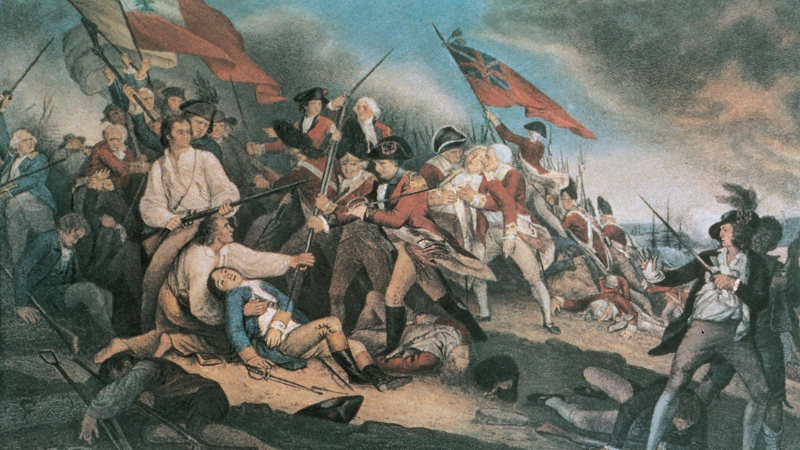Balance of Power
Montesquieu's theory of balance of power also had a place in these revolutions. When America was designing its new government, the founders designed three distinct branches of government. These three branches are legislative, executive, and judicial, each of which has the power to inspect the other two. This system is called the balance of power. In France, the monarchy and the three castes were stripped of their power because the First Estates and Second Estates mistreated the peasants of the Third Estates. It allowed the Americans to find allies in support of the revolution. Montesquieu believes that everything is made up of laws or rules that never change. He wrote the book The Spirit of the Law, which deals extensively with the importance of separation of powers in balancing government control.
Balance of power, in international relations, is the posture and policy of a nation or group of nations protecting against another nation or group of nations by matching its power against the power of the other side. The goal of balance of power is to prevent any power from becoming too strong, first by deterring aggression, but if that fails, by demonstrating that the aggressor does not significantly alter the balance of power. For realists, the balance of power is born in the crucible of international anarchy. The balance of power theory in international relations suggests that states may secure their survival by preventing any one state from gaining enough military power to dominate all others. Balance of power deserves to become an indispensable name in the list of enlightenment ideas that influenced the American revolution.









